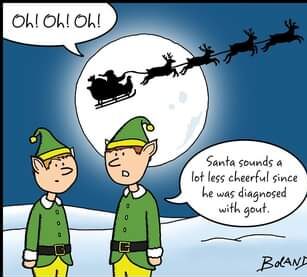It’s a busy night – you’re rockin and rollin – dispo’ing patients left and right. Finally starting to feel unstoppable. Patients are satisfied. Consultants are cooperative. The lounge has sandwiches. It’s an awesome shift. Then you get the ultrasound results back on a two year-old boy who has been grabbing his privates. Epididymitis? How is that possible? Under age 35 that’s caused by sexually transmitted organisms. How do I treat this child??

While the most common age group afflicted with epididymitis is between 20 and 30 years of age, it is not uncommon in children. The underlying cause in children is many times unknown, but anatomic abnormalities causing reflux of infected or sterile urine into the ejaculatory ducts may be responsible. Epididymitis can also be a post-infectious complication of M. pneumoniae, enterovirus, or adenovirus infection. It may also develop due to inflammation from a direct trauma or torsion of the appendix epididymis.
Acute epididymitis presents as acute onset of unilateral pain and inflammation in the scrotum. There may be associated fever, dysuria, and lower abdominal pain. Physical exam typically demonstrates a red, tender, and sometimes swollen lump on the affected side of the scrotum. Tenderness is usually localized to the small area of the testicle where the epididymis is attached.
Strongly consider testicular torsion in any patient of any age in whom you are considering epididymitis. Inguinal hernia and testicular tumors may also present in this age group in a similar fashion. Have a low threshold to order urinalysis and ultrasound to aid in the diagnosis. There are few absolutes in medicine, but ordering an ultrasound in a patient with testicular pain is one of them.
Guidelines remain murky regarding the ideal treatment regimen. Children younger than two years of age are typically given antibiotics against enteric organisms. In older children, in the absence of systemic signs (eg fever), conservative therapy is considered ideal management. Anti-inflammatory medications have been shown to offer significant pain relief. Antibiotics should be reserved for those with concomitant urinary tract infections or positive urine cultures. Refer all affected patients to a urologist to potentially be worked up for anatomic abnormalities.




